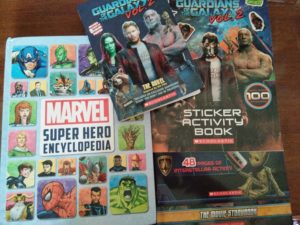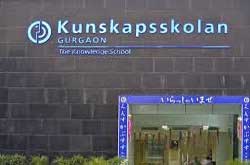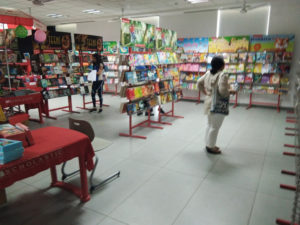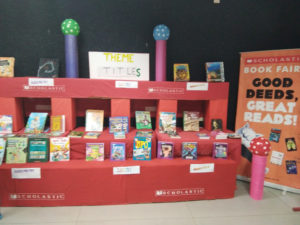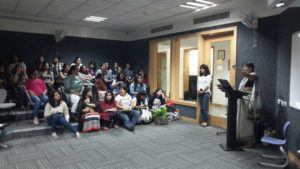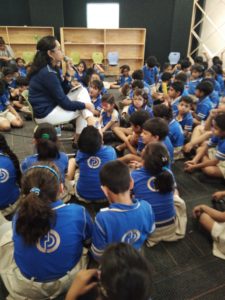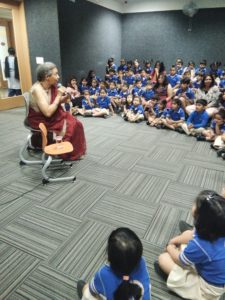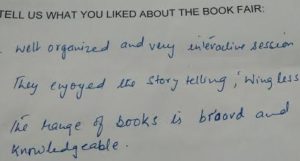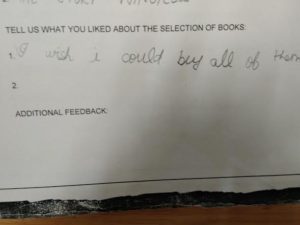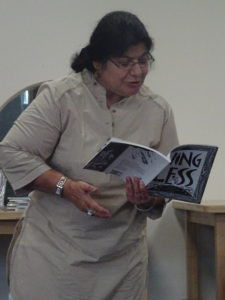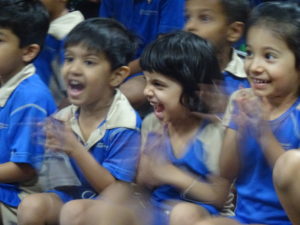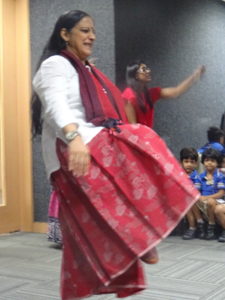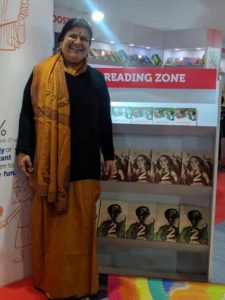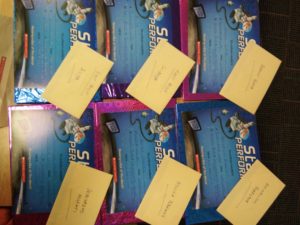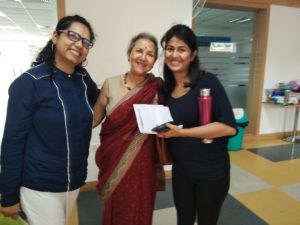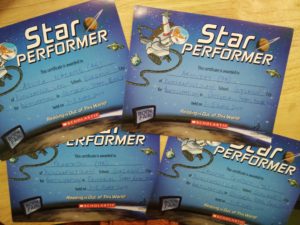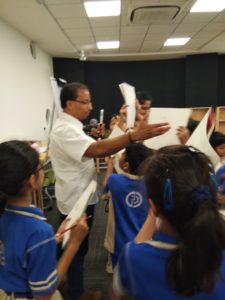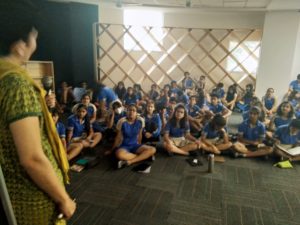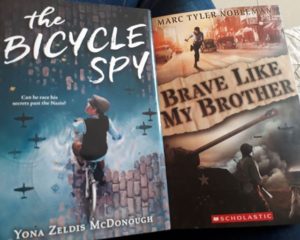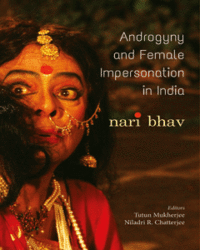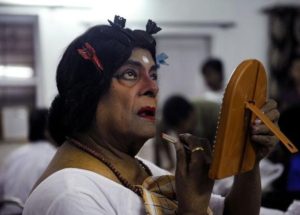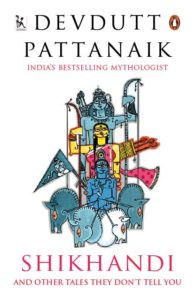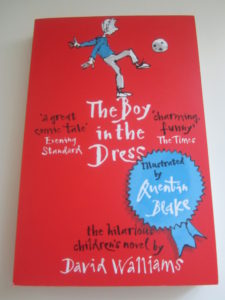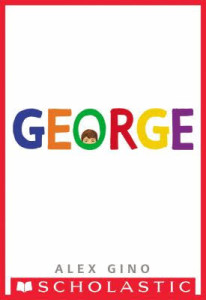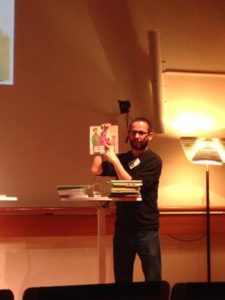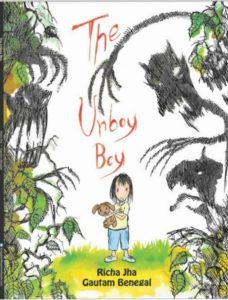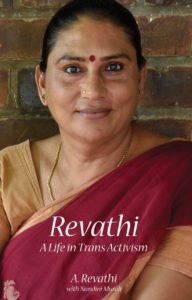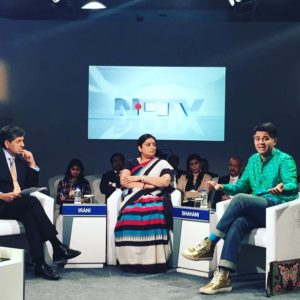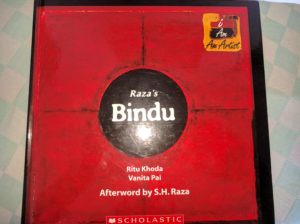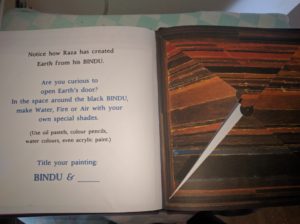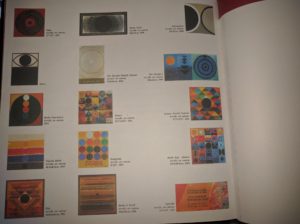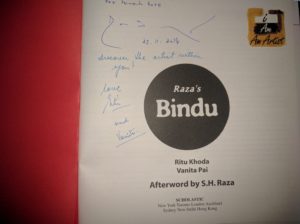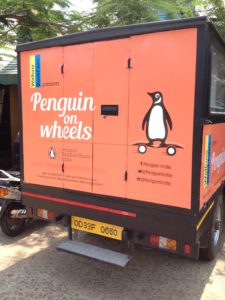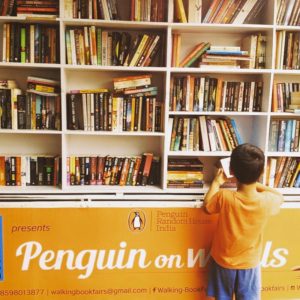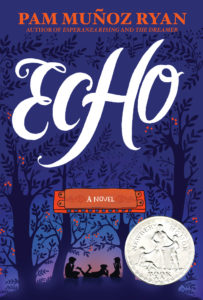Happy birthday J. K. Rowling and Harry Potter!
31 July 2017. It is J. K. Rowling’s birthday. So also Harry Potter as decided by J. K. Rowling. The Harry Potter books have been in existence for twenty years or the equivalent of one entire generation. The first time I heard of Harry Potter was when a friend based in Chicago wrote asking if I had read this marvellous fantasy book for children. At the time I had not but very soon a copy arrived from a England. Everyone in the family devoured it. At the time I was guest-editor of the special issue on children and young adult literature of a literary magazine. It was the first time that these issues were being put together. The history of modern publishing, particularly children’s literature, can be traced through the history of the seven volumes of Harry Potter.
When Harry Potter and the Sorcerer’s Stone ( US edition published by Scholastic) and Harry Potter and the 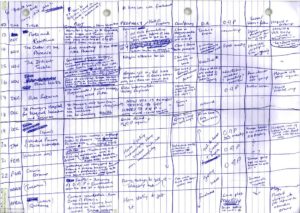 Philosopher’s Stone ( UK edition published by Bloomsbury) was published J.K. Rowling was an unknown and struggling author. She was single mother writing the book, which she had plotted minutely, in cafes around Edinburgh. Despite her agent’s wise advice “you will never make money selling children’s books” her manuscript was circulated amongst publishers. Most publishers rejected the book. Then it arrived at a fairly recent independent press called Bloomsbury, London. Bloomsbury had been established in 1986 by four people, including legendary editor Liz Calder whose authors include Margaret Atwood, Michael Ondaatje, Joanna Trollope and John Irving. As Liz Calder narrated in a conversation to me while conducting a master class the British Council, Delhi, she has always been interested in authors. The arrival of the first Harry Potter manuscript was an uneventful day. Till she discovered a group of people sitting around a table absorbed in reading the manuscript, sharing it by passing each page of the manuscript to their neighbour as if they were playing passing the parcel! Bloomsbury decided to publish the debut novel by an unknown author. She was offered $4,000 as an advance against royalties by Bloomsbury. The first print run was for 500 copies. Bloomsbury was also afraid that young boys won’t want to read a book by a woman, they suggested she use her initials. Joanne added her grandmother’s name, Kathleen, to her own, producing “J.K. Rowling.” Soon after it was published she attended her first Edinburgh Literary Festival where a special tent had been set up to promote the book but if stories are to be believed there were only a few people who wanted to meet the author. In USA Scholastic Books won the auction for the U.S. rights to the series, giving Rowling an advance over $100,000, a record for a foreign children’s book. This enabled her to quit her teaching job and devote her time to writing.
Philosopher’s Stone ( UK edition published by Bloomsbury) was published J.K. Rowling was an unknown and struggling author. She was single mother writing the book, which she had plotted minutely, in cafes around Edinburgh. Despite her agent’s wise advice “you will never make money selling children’s books” her manuscript was circulated amongst publishers. Most publishers rejected the book. Then it arrived at a fairly recent independent press called Bloomsbury, London. Bloomsbury had been established in 1986 by four people, including legendary editor Liz Calder whose authors include Margaret Atwood, Michael Ondaatje, Joanna Trollope and John Irving. As Liz Calder narrated in a conversation to me while conducting a master class the British Council, Delhi, she has always been interested in authors. The arrival of the first Harry Potter manuscript was an uneventful day. Till she discovered a group of people sitting around a table absorbed in reading the manuscript, sharing it by passing each page of the manuscript to their neighbour as if they were playing passing the parcel! Bloomsbury decided to publish the debut novel by an unknown author. She was offered $4,000 as an advance against royalties by Bloomsbury. The first print run was for 500 copies. Bloomsbury was also afraid that young boys won’t want to read a book by a woman, they suggested she use her initials. Joanne added her grandmother’s name, Kathleen, to her own, producing “J.K. Rowling.” Soon after it was published she attended her first Edinburgh Literary Festival where a special tent had been set up to promote the book but if stories are to be believed there were only a few people who wanted to meet the author. In USA Scholastic Books won the auction for the U.S. rights to the series, giving Rowling an advance over $100,000, a record for a foreign children’s book. This enabled her to quit her teaching job and devote her time to writing.
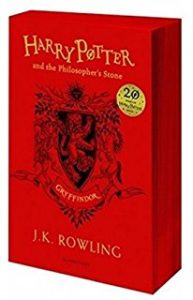 The first book went on to win many prizes and catapulted J. K. Rowling to fame. It influenced children’s reading habits tremendously. It became evident to publishers fairly soon that this was a market to be taken notice of. Yet by the time Harry Potter and the Chamber of Secrets was published the print run had risen to 10,000 copies and the book was still only available in UK and slowly reached other countries. By the time Harry Potter and the Prisoner of Azkaban was released Pottermania had begun to take root and the publishers were more than willing to ship review copies across the world. I got my copy directly from the London office albeit a few weeks after publication date. With the subsequent volumes ( Harry Potter and the Goblet of Fire
The first book went on to win many prizes and catapulted J. K. Rowling to fame. It influenced children’s reading habits tremendously. It became evident to publishers fairly soon that this was a market to be taken notice of. Yet by the time Harry Potter and the Chamber of Secrets was published the print run had risen to 10,000 copies and the book was still only available in UK and slowly reached other countries. By the time Harry Potter and the Prisoner of Azkaban was released Pottermania had begun to take root and the publishers were more than willing to ship review copies across the world. I got my copy directly from the London office albeit a few weeks after publication date. With the subsequent volumes ( Harry Potter and the Goblet of Fire 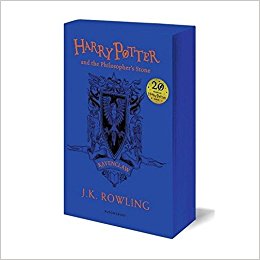 and Harry Potter and the Order of the Phoenix) the fame of Rowling was sealed. She became a global phenomenon. By the time the seventh and last volume, Harry Potter and the Half-Blood Prince, was published she had sold millions of copies of her books. Her publisher, Bloomsbury, had become cash-rich and were able to offer handsome advances against royalties to other authors. In fact the seventh title was released simultaneously across the world
and Harry Potter and the Order of the Phoenix) the fame of Rowling was sealed. She became a global phenomenon. By the time the seventh and last volume, Harry Potter and the Half-Blood Prince, was published she had sold millions of copies of her books. Her publisher, Bloomsbury, had become cash-rich and were able to offer handsome advances against royalties to other authors. In fact the seventh title was released simultaneously across the world 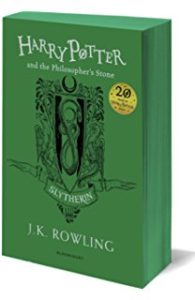 and I received my copy of the book on publication day, 31 July 2007. (I reviewed it for Outlook magazine.) It is believed that Rowling has so far sold more than 400 million copies of her books worldwide.
and I received my copy of the book on publication day, 31 July 2007. (I reviewed it for Outlook magazine.) It is believed that Rowling has so far sold more than 400 million copies of her books worldwide.
This is what Sarah Odedina, now Editor-at-Large, Pushkin Children’s Books wrote in an email to me about publishing Rowling. At the time Sarah was Publisher of Bloomsbury Children’s Books 1997-2011.
I was there for publication of the first book all the way through to the last book.
It was an amazing thing to be part of and yes the in-house love for Harry Potter and the Philosopher’s Stone was strong. Particularly led by the wonderful marketing and PR person Rosamund de la Hey who never ever missed an opportunity to let people know just how brilliant the book was and how talented the author was. We were ambitious for the book from the get-go and knew it had great potential to win prizes and sell well – but little could we imagine what that ended up meaning.
Publication of the first book passed fairly normally – like most other books – without anything huge happening but within a few weeks we knew it was different as we started to get letters from children saying how much they loved the book and how the had shared it with their friend and all sorts of reactions from them as readers to the characters and the plot and definitely asking for more. It was really later books in which publication day became a huge focus. At the beginning it was about getting the book out in the shops and seeing how quickly J K Rowling built a loving and loyal readership.
In 2012 Rowling launched Pottermore. It was an incredibly bold move into the world of digital publishing by offering ebook versions of the Potter series. At the time there were multiple ereaders and extensions. Rowling made Pottermore as a one-stop halt to purchase any format ( print or digital) and get extra Potter-related news too. Her first CEO was Charlie Redmayne, now the HarperCollins UK CEO, who for the first time brought the author/publisher in direct contact with the consumer/reader using digital 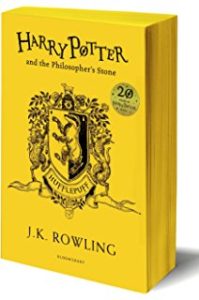 technology innovatively. ( Eddie Redmayne who acted in the movie Fantastic Beasts is Charlie Redmayne’s brother.) Rowling’s close watch on the film adaptations of her books to screen are
technology innovatively. ( Eddie Redmayne who acted in the movie Fantastic Beasts is Charlie Redmayne’s brother.) Rowling’s close watch on the film adaptations of her books to screen are 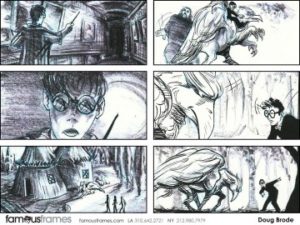 legendary as well with accounts of detailed storyboard discussions happening at her home in Scotland. ( Here is a link to Jim Cornish, storyboard artist, talks about his work on the Harry Potter films. )
legendary as well with accounts of detailed storyboard discussions happening at her home in Scotland. ( Here is a link to Jim Cornish, storyboard artist, talks about his work on the Harry Potter films. )
It is twenty years since Harry Potter and his friends came into existence. Bloomsbury is celebrating it with the release of special editions of the first book in the four house colours — Red, Blue, Green and Yellow. They are utterly splendiferous and a joy to behold! The impact of Pottermania on publishing worldwide is that the healthiest growth rate is amongst children’s and young adult literature, across genres.
31 July 2017

